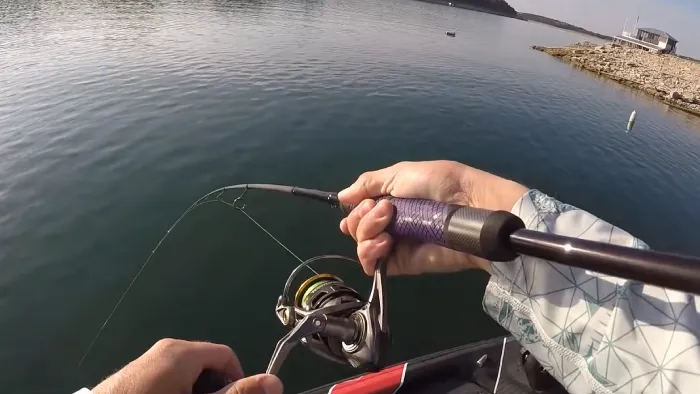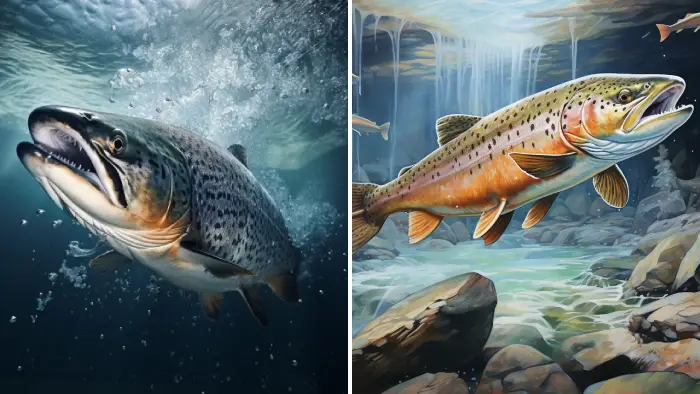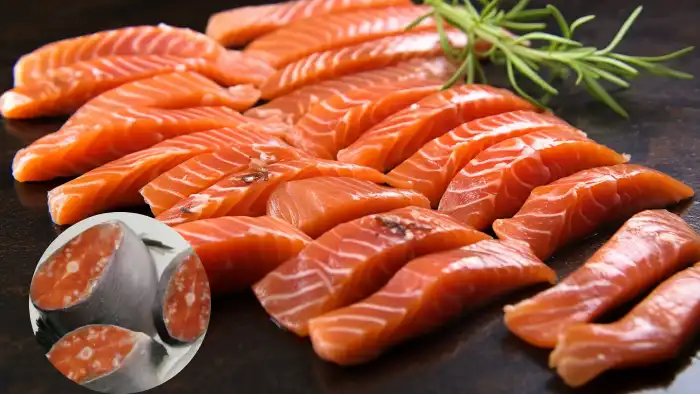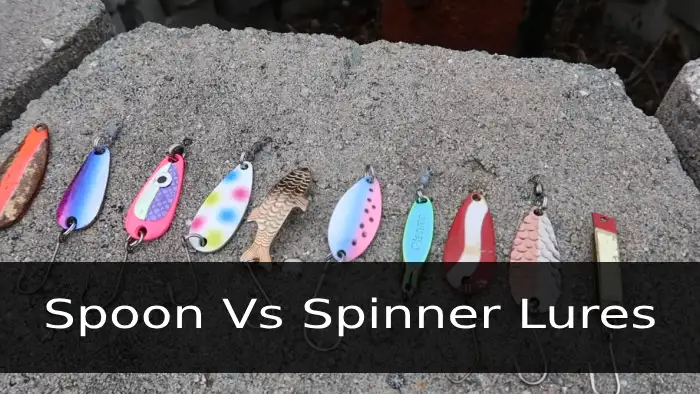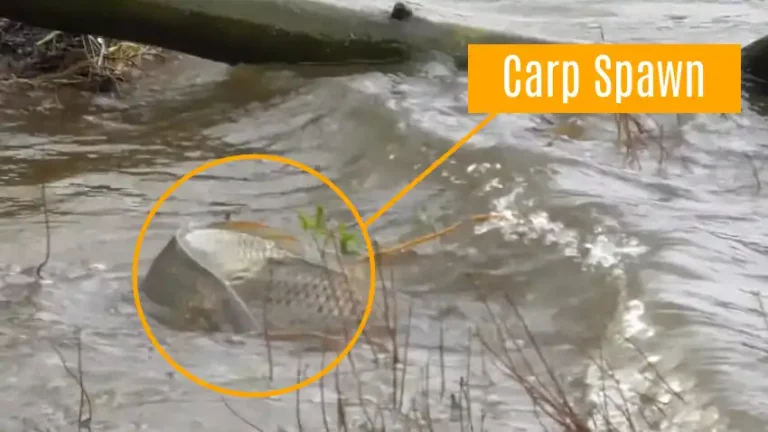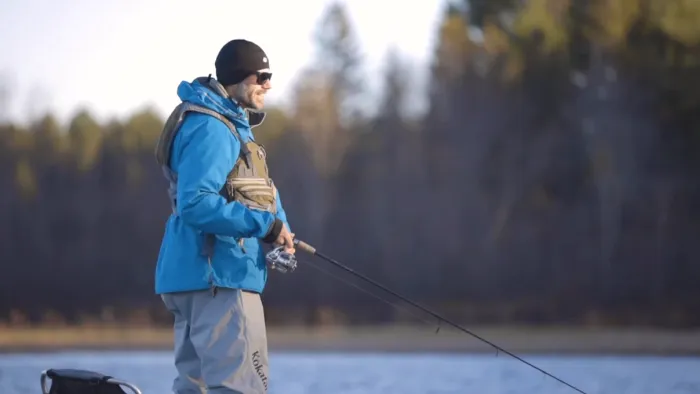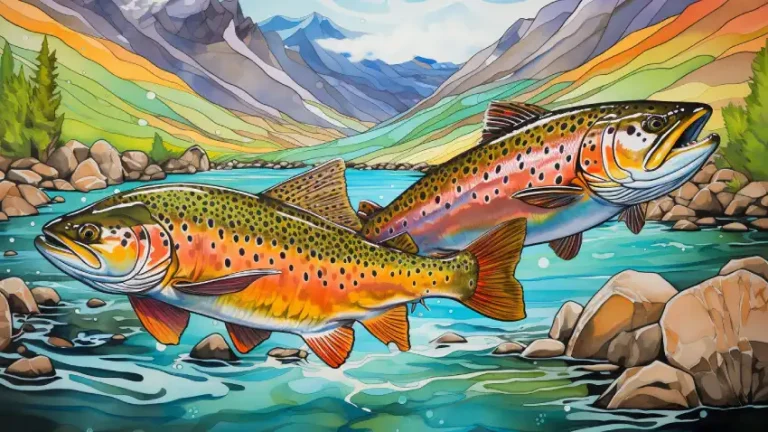What Size Leader for 20 LB Braid in Fly Fishing: 8 Key Considerations
When you’re fly fishing, the choice of leader size becomes a critical aspect that can significantly impact your fishing success. Specifically, when using a 20 lb braided fishing line, finding the right leader size is key to a seamless fishing experience.
A diameter of around 0.010 inches for the leader is a fitting choice, aligning the leader’s thickness with that of the braid, a practical consideration when tying knots.
Alternatively, you might opt to match the pound test of both the braid and the leader for strength, like using a 20 lb fluorocarbon leader alongside the 20 lb braid.
However, it’s not just about the technicalities. Your fishing approach, the species you’re targeting, line capacity, abrasion resistance, casting distance, and knot strength all intertwine to guide your decision.
We will discuss factors to consider when matching a leader size with a braided fishing line of 20 pounds.
What Size Leader for 20 LB Braid: 8 Considerations for Fly Fishing
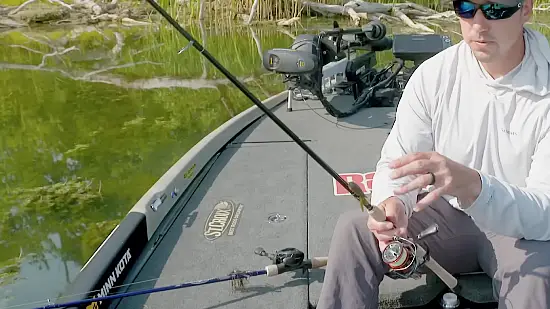
When considering the appropriate leader size for your 20 lb braided fishing line, there are several factors to consider. These are:
- Fishing application
- Target species
- Line capacity
- Abrasion resistance
- Casting distance
- Knot strength
- Flexibility vs. Sensitivity
- Specific setups
Let’s take a closer look at each condition, so you can enjoy fly fishing to the fullest.
1. Fishing Application
When selecting the right leader size to pair with a 20 lb braided fishing line, the fishing application is a crucial factor to consider.
Depending on the type of fishing you’re engaged in, the requirements for your leader will vary.
For inshore fishing, a leader with high abrasion resistance is necessary, as you will be fishing in areas with structures that can cause the line to break.
On the other hand, a leader with good casting distance is important for covering more ground and targeting larger fish when offshore fishing. Similarly, when using live bait, a thinner leader is preferred to improve the natural presentation of the bait.
For casting, vertical jigging, and fly fishing, your leader’s knot strength and casting accuracy are essential. To ensure a successful fishing experience, make sure to match the right leader size with your fishing application.
2. Target Species
The target species also influences selecting an appropriate size leader for your 20 lb braided fishing line. The size and strength of your target fish determine whether you need a thinner or thicker leader.
For example, when targeting larger fish, a thicker leader is required since they have more power and can cause the line to break easily.
Similarly, when fishing in areas with abrasive environments, a thicker leader is needed to withstand the potential damage caused by rough surfaces or structures.
Knowing the size and strength of the fish you are targeting is crucial, as this affects your leader size and, ultimately, the success of your fishing experience.
3. Line Capacity
When choosing a leader size that matches your 20 lb braided fishing line, line capacity is among the critical factors to consider.
A balanced leader size ensures that your reel’s spool can hold enough lines for your fishing experience.
For example, using a thinner leader provides more line capacity, which is vital when dealing with fish that require long runs.
Similarly, longer leaders and stronger tippet materials can improve your line control and presentation in fly fishing. Therefore, it is essential to select the right leader size that balances line capacity and provides you with enough lines for your fishing needs.
4. Abrasion Resistance
Abrasion resistance is another essential factor that influences the selection of the right leader size to match your 20 lb braided fishing line.
When fishing in areas with rocky surfaces or structures, your leader should be thicker to prevent the line from snapping due to contact with obstacles.
Having a sturdier leader can also ensure that your fishing line holds up well in abrasive environments.
For fly fishing, a leader that can handle rough conditions is necessary, as expected in a stream that contains a lot of rocks and fast-flowing water.
Ensuring that your leader size is suitable for fishing conditions with high risk of abrasion can help to ensure a successful fishing experience.
5. Casting Distance
Selecting the right leader size that matches your 20 lb braided fishing line is influenced by casting distance.
Thicker leaders can impact casting distance, so it’s essential to consider the requirements for precision and distance in your fishing scenario.
In fly fishing, the design and taper of your leader can impact casting accuracy and distance. Thicker leaders can also hinder the natural presentation of your bait in the water.
Therefore, it is necessary to match your leader size with your casting needs to ensure optimum fishing results.
6. Knot Strength
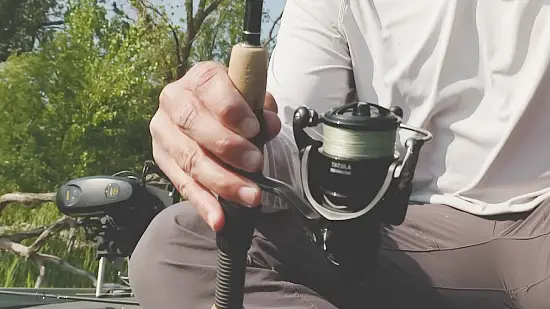
For a secure knot without compromising overall strength, you’ll want to choose a leader slightly smaller than the pound test of the braid. Knot strength is crucial in fishing, as it ensures that your line stays connected and can handle the pressure of reeling in a catch.
By using a slightly smaller leader than the braid, you create a well-balanced connection that reduces the risk of the knot slipping or breaking.
When the leader is smaller, it allows for better knot cinching and ensures that the knot stays tight under tension. So, when deciding on the size of your leader for a 20 lb braid, opt for a slightly smaller leader to maximize knot strength and increase your chances of a successful catch.
7. Flexibility vs. Sensitivity
The flexibility and sensitivity of your setup should also be considered when matching a leader size with a 20 lb braided fishing line.
A thicker braid can offer casting flexibility and ease in conventional reels, while a thinner braid can enhance sensitivity and finesse, which is important for bite detection.
In fly fishing, the leader design can affect how the fly behaves in the water and how well you can detect strikes.
8. Specific Setups
Matching the leader size with a 20 lb braided fishing line to specific setups is also important. For example, a heavier leader may be required for inshore kelp fishing, while a balanced setup may be better for catching spotted bay bass.
In fly fishing, intricate leader designs may be necessary to ensure proper presentation and fly behavior. When considering specific setups, it is important to choose a leader size that is appropriate for your fishing needs.
Should your leader be lighter than your braid?
The decision of how much lighter your leader should be compared to your braid depends on your fishing strategy and preferences. If you prefer to anticipate where your line might break, it’s advisable to use a leader that’s weaker than your mainline.
This choice can provide insight into potential weak points and prevent unexpected breakages. However, fishing is a varied pursuit, and there’s no one-size-fits-all rule.
In freshwater scenarios, it’s common to opt for a lighter leader than the mainline when using braid, primarily for presentation reasons. This approach ensures a more natural bait or lure movement.
Conversely, if you’re using a monofilament mainline, using a separate leader might not be necessary. Ultimately, the decision hinges on your fishing goals and the conditions you’re facing.
Is 20lb braid enough for pike?
Using a 20 lb braided line is generally considered suitable for targeting pike, given their sharp teeth and potential to break through lines.
When fishing for pike, it’s crucial to match your line setup with the reel and rod you intend to use. If your reel offers a maximum drag capacity of around 15 pounds or more, pairing it with a 20 lb braided line is a practical choice.
This combination provides the necessary strength and durability to handle pike’s sharp bites and strong fighting capabilities.
However, as with all fishing scenarios, factors like the specific water conditions and the size of the pike you’re targeting should also be taken into account when determining the appropriate line setup.
Fine-Tuning Fly Fishing: Choose the Best Leader Size for Maximum Efficiency and Performance
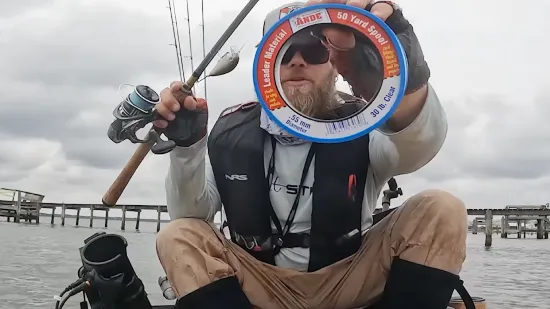
It is now clear that choosing the right leader size for your 20 lb braided fishing line in fly fishing involves thoughtful consideration of multiple factors.
From fishing application and target species to durability, abrasion resistance, casting distance, and knot strength, each aspect plays a role in determining your ideal leader size.
Striking a balance between flexibility and sensitivity, understanding specific setups, and even deciding whether your leader should be lighter than your braid are essential steps.
Remember, your choice of leader size is a strategic decision that can make a significant difference in enhancing your fly fishing experience.

